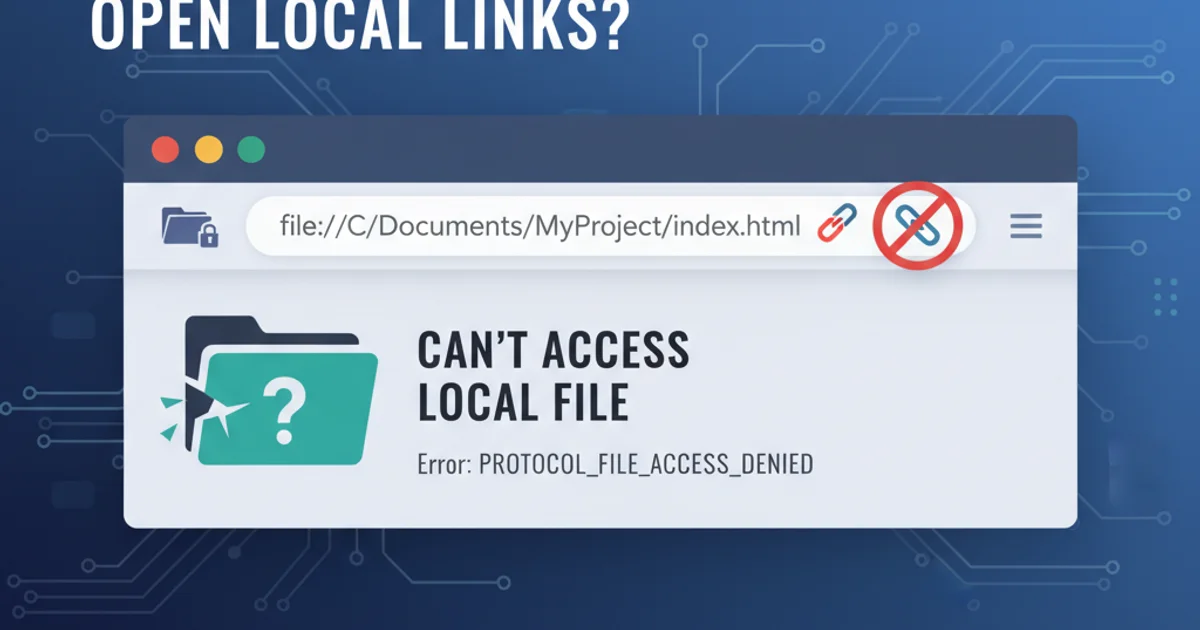How to center a header image
Categories:
Centering a Header Image with CSS

Learn various robust CSS techniques to perfectly center a header image, ensuring responsiveness and cross-browser compatibility.
Centering a header image is a common requirement in web design, crucial for aesthetics and user experience. While it might seem straightforward, different scenarios and desired responsiveness levels call for various CSS approaches. This article will guide you through the most effective methods, from basic inline centering to advanced flexbox and grid techniques, ensuring your header image looks great on any device.
Understanding the Centering Challenge
The challenge of centering an image often depends on its display property and the context of its parent container. An <img> tag is an inline-block element by default, which behaves differently from a block-level element. Understanding these distinctions is key to choosing the right centering method. We'll explore solutions for both inline-block and block-level images, as well as images within flexible containers.
flowchart TD
A[Start: Header Image Centering] --> B{Image Type?}
B -->|Inline-Block (default)| C[Method 1: `text-align: center` on parent]
B -->|Block-Level (e.g., `display: block`)| D{Known Width?}
D -->|Yes| E[Method 2: `margin: 0 auto`]
D -->|No| F{Flexible Container?}
F -->|Yes| G[Method 3: Flexbox (`justify-content: center`)]
F -->|No| H[Method 4: Grid (`place-items: center`)]
C --> I[End]
E --> I[End]
G --> I[End]
H --> I[End]Decision flow for choosing a header image centering method.
Method 1: Using text-align: center for Inline-Block Images
This is the simplest method and works well when your image is treated as an inline-block element (which <img> tags are by default) and you want to center it horizontally within its parent block-level container. You apply text-align: center to the parent element of the image.
<div class="header-container">
<img src="your-header-image.png" alt="Header Image">
</div>
.header-container {
text-align: center; /* Centers inline-block children */
padding: 20px;
border: 1px solid #ccc;
}
Method 2: Using margin: 0 auto for Block-Level Images
For images that behave as block-level elements, or when you explicitly set display: block on the image, margin: 0 auto is the go-to solution. This method requires the image to have a defined width (or max-width) for the auto margins to work effectively.
<header>
<img class="centered-block-image" src="your-header-image.png" alt="Header Image">
</header>
.centered-block-image {
display: block; /* Make the image a block-level element */
width: 80%; /* Or a fixed pixel width, e.g., 300px */
max-width: 500px; /* Ensure responsiveness */
margin: 0 auto; /* Center horizontally */
}
width or max-width for a block-level element, it will take up 100% of its parent's width, and margin: 0 auto will have no effect.Method 3: Flexbox for Modern Centering
Flexbox provides a powerful and flexible way to center items, especially when dealing with dynamic content or when you need both horizontal and vertical centering. Apply display: flex to the parent container and then use justify-content: center for horizontal centering.
<div class="flex-header-container">
<img src="your-header-image.png" alt="Header Image">
</div>
.flex-header-container {
display: flex;
justify-content: center; /* Centers children horizontally */
align-items: center; /* Optional: Centers children vertically */
height: 100px; /* Example height for vertical centering */
border: 1px solid #ccc;
}
Method 4: CSS Grid for Layout Control
CSS Grid is another modern layout module that offers excellent control for centering. It's particularly useful when you're designing more complex layouts, but it can also be used simply for centering a single item. Apply display: grid to the parent and then use place-items: center (a shorthand for align-items: center and justify-items: center) to center the image both horizontally and vertically.
<div class="grid-header-container">
<img src="your-header-image.png" alt="Header Image">
</div>
.grid-header-container {
display: grid;
place-items: center; /* Centers children both horizontally and vertically */
height: 100px; /* Example height for vertical centering */
border: 1px solid #ccc;
}
place-items: center on a grid container is incredibly concise and effective.1. Choose Your Method
Evaluate your specific needs: Is the image inline or block? Do you need vertical centering? Is the container flexible? This will guide your choice between text-align, margin: auto, Flexbox, or Grid.
2. Apply CSS to Parent or Image
Based on your chosen method, apply the appropriate CSS properties either to the image's direct parent container or directly to the <img> element itself.
3. Test Responsiveness
Always test your centered image across different screen sizes and devices to ensure it remains perfectly centered and responsive.
4. Refine as Needed
Adjust widths, heights, and other properties as necessary to achieve the desired visual outcome for your header image.